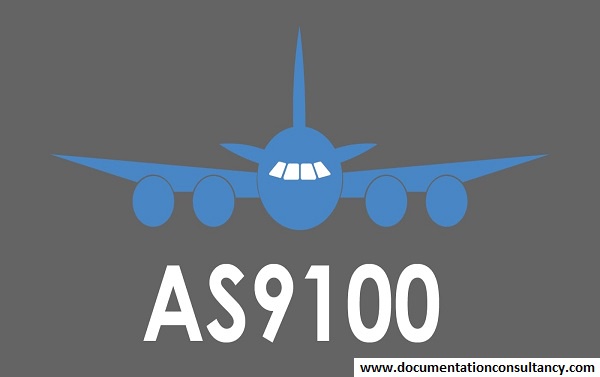The Quality Policy is written to express the key purpose that top management wants the AS9100 Rev D Quality Management System (QMS) to achieve. As a result, the Quality Policy is one of the most crucial statements made in the aeronautical Quality Management System, as it unites every employee towards reaching a single goal.
The Purpose of AS9100
Why would you require a top-level policy for your quality management systems? Here's why: many CEOs know what they want from the organization but don't understand how quality management fits in. The fundamental goal of the policy is for top management to articulate what they intend to achieve with the QMS.
The second goal is to build AS9100 documents that administrators may use to control everything that happens within the QMS. They don't need to grasp the specifics of risk assessment, but they do need to know who is in charge of the QMS and what they ought to anticipate from it.
Essentially, your Quality Policy should serve as the primary link between your top management and your quality management efforts. AS9100 mandates management to ensure that the QMS and its objectives are consistent with the company's strategic direction (clause 5.2). The policy is most likely the best method to accomplish this.
AS 9100 Documentation
AS9100 documentation does not speak much about the policy, but it does say the following:
- The policy must be tailored to the organization. This means that you cannot just replicate a policy from a major industrial firm and apply it to a tiny software firm.
- It must define the basis for establishing quality targets. The policy must specify how the objectives are submitted, approved, and reviewed.
- The policy must demonstrate top management's commitment to meeting the needs of all stakeholders and continuously improving the QMS. This is usually accomplished through the use of a policy statement.
- The policy must be conveyed not only within the organization but also to interested parties if appropriate. A best practice is to specify who is responsible for such communication, and then hold that person accountable for doing so on a constantly.
- The policy must be upheld. A policy's owner should be identified, and this person is responsible for keeping the policy up to date.
The Options, Inputs and Decisions
Although not required, if you are a smaller company, you may also include the following (for larger companies, these difficulties are normally documented separately):
- The scope of the QMS - In this manner, the scope does not need to be a separate document.
- Responsibilities for major components of the QMS, such as who is responsible for everyday operations and cooperation, who is accountable at the executive level, who is responsible for product and service non-conformities, customer complaints, internal audits, and so on.
- Measurement - Who will determine whether the quality targets were successfully met, to whom the results must be communicated, and how frequently?
When writing the policy, you must consider the following factors:
- Top management intentions with quality management: The best thing to do is schedule an interview with your CEO and go over all of the policy parts. You may send him an email a couple of days before the meeting to give him time to think about it.
- Legislation and contractual requirements: Your policy should reflect this.
- Existing framework for goal setting: If such a system exists, you should use it.


No comments yet